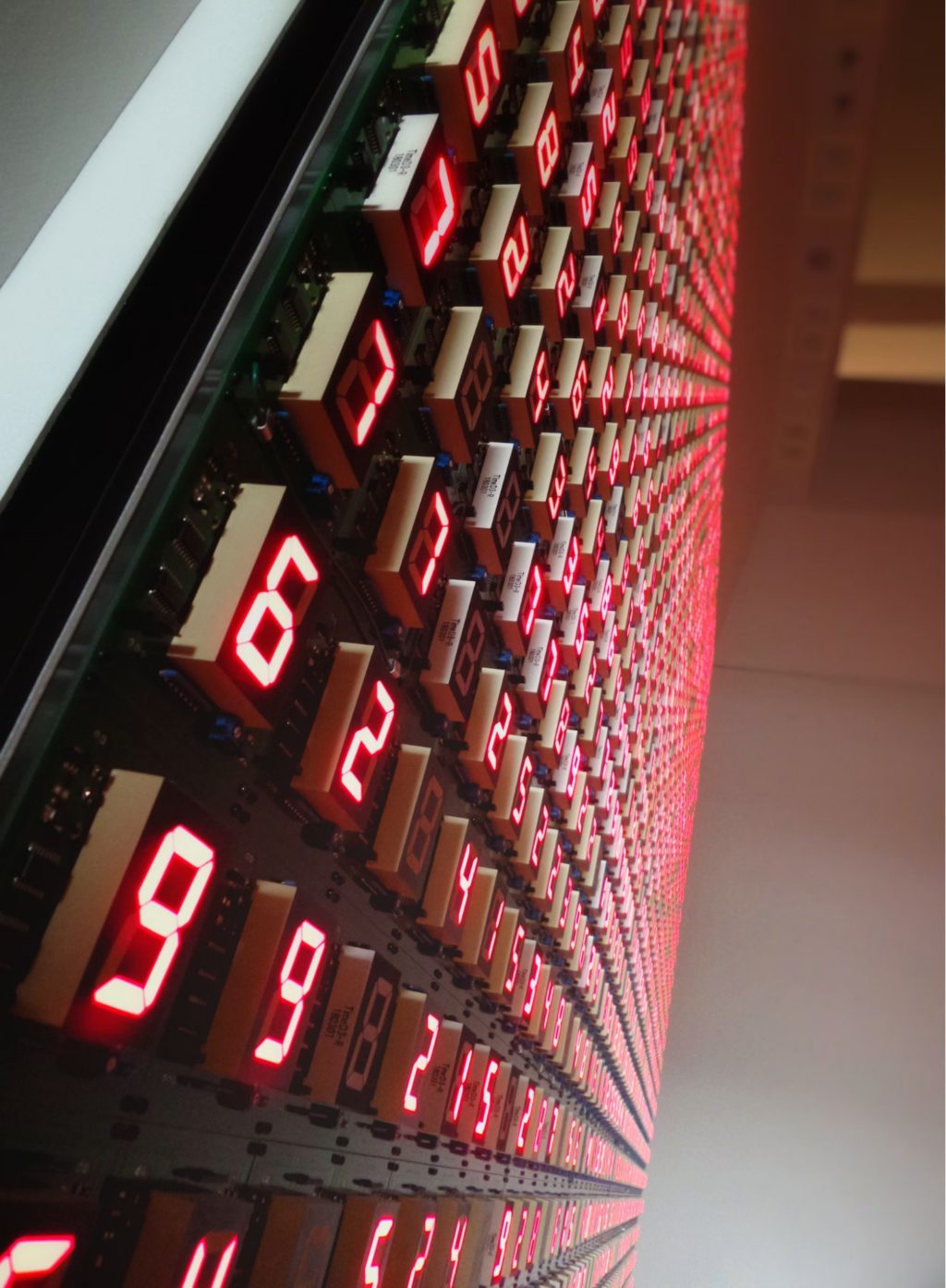
Math and movies might seem like an unlikely pairing, but behind the scenes, numbers and equations play a pivotal role in crafting some of the most mesmerizing moments on screen. From the geometry of visual effects to the algorithms driving CGI and the narrative structures that borrow from mathematical patterns, math is the unsung hero in the world of cinema. Let’s take an unconventional journey through this fascinating intersection, with each section revealing how math helps create the magic we experience on the silver screen.
Scene 1: Geometry in Cinematic Visuals
Imagine watching an action scene in a blockbuster movie, where cars zip through a winding cityscape or a spaceship hurtles through a meticulously designed galaxy. What makes these scenes so visually satisfying? Geometry is the answer. Every element you see, from the smooth curves of a futuristic car to the alien landscapes of distant worlds, relies on geometry to maintain a sense of realism and proportion.
In CGI (computer-generated imagery), mathematical concepts like Bézier curves and splines help artists create smooth and lifelike surfaces. Pixar, for example, uses geometric principles extensively to design characters and worlds, ensuring that shapes look natural when animated. The rolling hills of “Toy Story” or the watery landscapes of “Finding Nemo” aren’t just artistic creations; they are carefully crafted with algorithms that control curvature and texture. The math behind these shapes allows for the precision needed to create visuals that are not only aesthetically pleasing but also believable.
Interlude: Fractals and Chaos—Nature’s Patterns on the Big Screen
Before we move on, let’s pause to appreciate the natural beauty of fractals—geometric patterns that repeat at different scales. Fractals are found everywhere in nature, from snowflakes to the branching of trees. Filmmakers often use these natural patterns to create realistic environments.
Think of the lush jungles in “Avatar.” The landscapes owe their lifelike complexity to fractal geometry. Fractals enable the creation of trees, mountains, and clouds that appear random yet organic. The math behind these structures gives filmmakers the ability to build entire ecosystems that mimic the chaotic yet structured nature of the real world. It’s a perfect example of how math is used to mimic life’s imperfections, adding depth and authenticity to cinematic worlds.
Scene 2: Fibonacci in Film—The Golden Ratio’s Role in Aesthetics
Let’s move on to the mathematical concept that artists and filmmakers alike have revered for centuries — the Golden Ratio, approximately 1.618. This irrational number has been used in art and architecture for its aesthetically pleasing proportions, and filmmakers use it to frame shots that are visually harmonious.
Directors like Stanley Kubrick in “2001: A Space Odyssey” and Darren Aronofsky in “Pi” (a film dedicated to the power of numbers) have famously employed the Golden Ratio in their compositions. The idea is that when elements of a scene adhere to this ratio, it is subconsciously satisfying to the human eye. This mathematical concept helps guide where the eye naturally rests, making scenes feel balanced and engaging.

For example, in a sweeping landscape shot, the placement of the horizon or a lone tree might align with the points on a Golden Ratio grid, giving the image a sense of natural order. It’s a subtle yet powerful tool that demonstrates how math and aesthetics blend seamlessly in cinema to draw viewers into a scene.
Interlude: Symmetry and Perspective—Building Cinematic Depth
Take a moment to think about your favorite movie scenes. Chances are, some of those iconic moments involve perfect symmetry or the illusion of depth created by perspective. In movies like “The Shining,” director Stanley Kubrick’s love for symmetrical framing creates an unsettling sense of order. This use of symmetry is not accidental—it’s a deliberate mathematical choice that enhances the narrative’s tension.
Perspective, another critical tool, uses principles of geometry to create the illusion of three-dimensional depth on a two-dimensional screen. Think of the hallway scene in “Inception” where the corridor seems to rotate and change direction—this illusion is achieved by manipulating perspective. The scene relies on a deep understanding of geometric principles to create an immersive and disorienting experience for the viewer.
Scene 3: The Algorithmic Magic Behind Animation
Behind every animated character’s lifelike movement is a web of algorithms that dictate physics, motion, and behavior. Films like “Frozen” or “Moana” use complex mathematical models to simulate how water moves or how hair flows in the wind.
For example, Disney’s “Frozen” required the development of a new algorithm for simulating snow, called “Matterhorn.” This algorithm accounted for the millions of tiny interactions that occur when snowflakes land and accumulate, creating the realistic snowy landscapes that defined the film. Such precision in animation isn’t possible without a foundation in mathematical models that predict physical behaviors in the real world.
Animation studios also use algorithms for crowd simulations. In movies like “The Lord of the Rings,” swarming armies and bustling city scenes are created using “boids” algorithms, which simulate the movement of individuals within a crowd. Each character behaves independently according to rules of motion, allowing for realistic interactions that would be impossible to animate by hand.
Finale: Math as the Invisible Hand in Story Structure
As we reach the end of our journey, let’s explore how math influences the very narrative structures of film. The three-act structure, often considered the backbone of storytelling, is itself a form of pattern. Films that employ rhythm and timing, like the beats of a jazz song, often adhere to mathematical principles.
Christopher Nolan’s “Dunkirk,” for example, plays with time in a way that feels both disorienting and rhythmically precise. Nolan uses time dilation and contraction, concepts rooted in physics and math, to create suspense.

Similarly, films like “The Matrix” explore simulated realities that bend and twist time and space, relying on mathematical models to create believable yet surreal experiences.
These storytelling methods, whether consciously or subconsciously, use math to create rhythm, balance, and structure, making the narrative more engaging.
Curtain Call: Math as the Unseen Storyteller
As the curtains fall on this exploration, it’s clear that math is more than just equations and numbers—it’s an essential part of the cinematic experience. From the realistic worlds of CGI to the rhythm of story structure, math is the invisible hand guiding the art of filmmaking. It creates harmony in scenes, adds depth to visuals, and makes impossible worlds feel possible.
So, the next time you watch a movie, remember that behind every breathtaking scene and every perfectly timed plot twist, there’s a bit of math working its magic. It’s not just the actors and directors who tell the story—numbers play their part too, ensuring that what you see on screen is nothing short of captivating.
For more insights into the fascinating world of math and movies, visit Netticasino and explore the rich tapestry of strategies, tips, and unforgettable moments that make cinema one of the most thrilling forms of entertainment.


